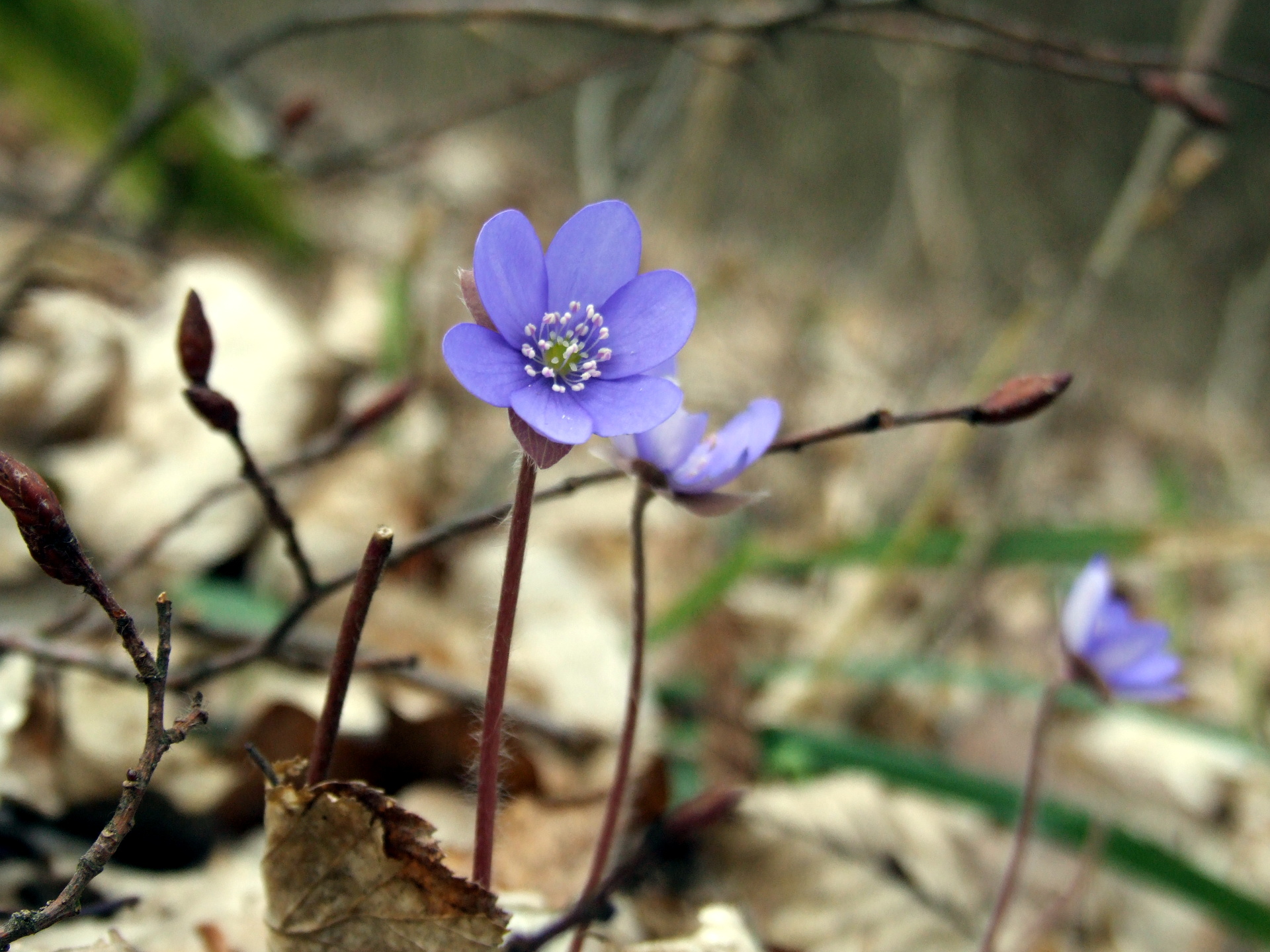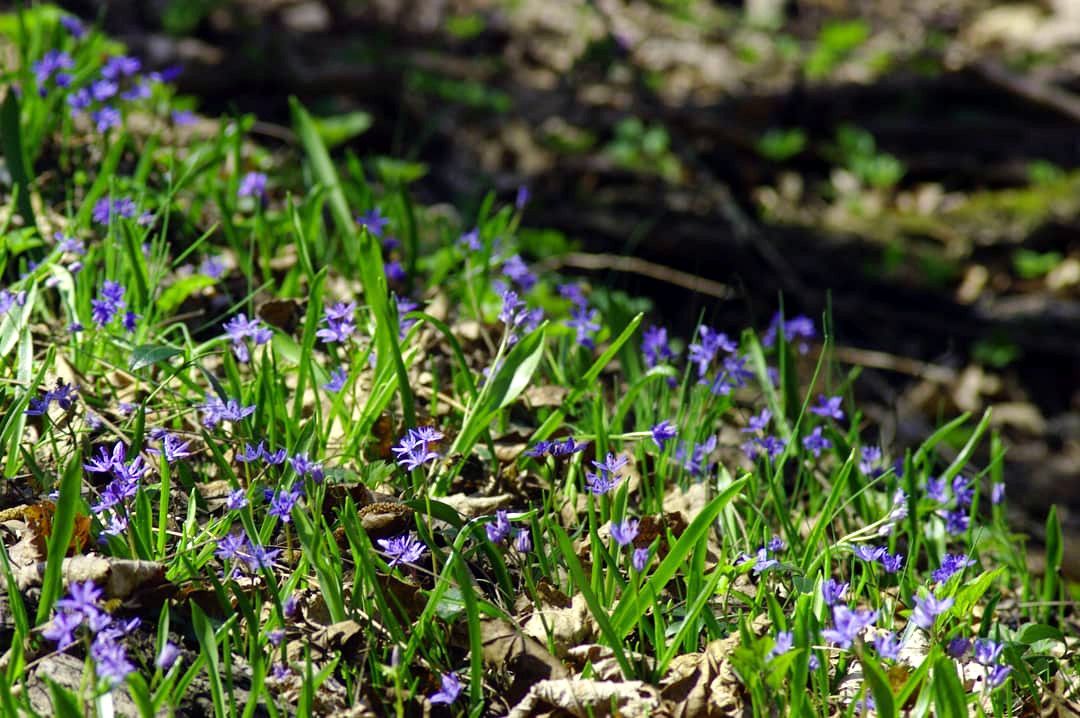
15 - Carpet of flowers at spring

Early spring, when trees have just started to sprout leaves, and the canopy does not block yet the light from the lower levels, the forest floor is carpeted with colourful flowers. Windflowers, fumeworts, and squills sprout on the first warmer days of spring. These so-called geophytes overwinter by using under-ground storage organs (e.g. tuber or bulb). Utilising the previously stored nutrients they can grow fast in spring. Actually, there is no time to waste, because the amount of light that reaches the ground gradually declines as the foliage develops.
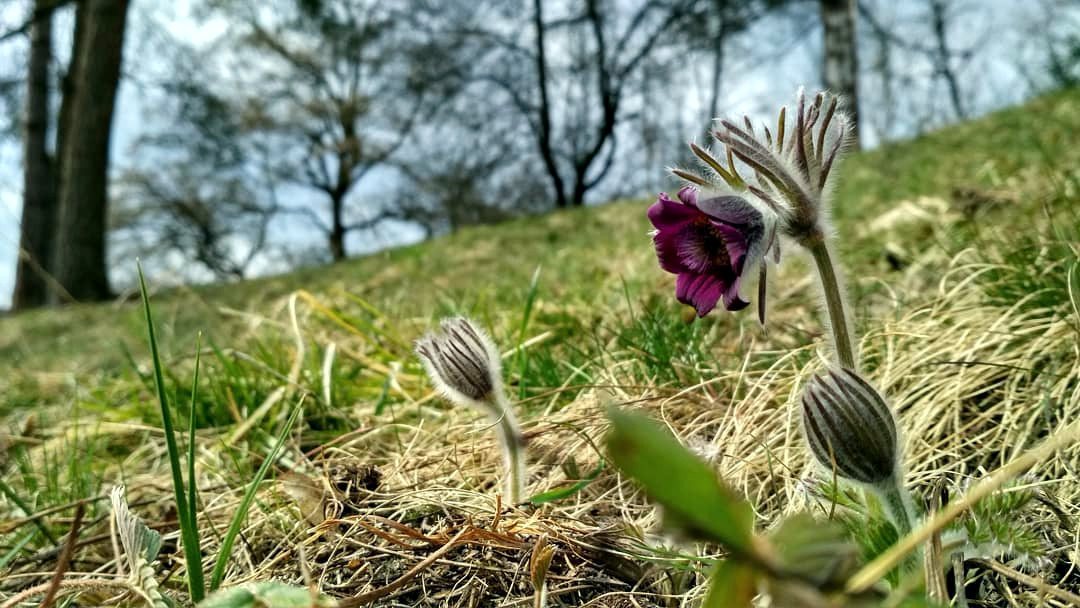
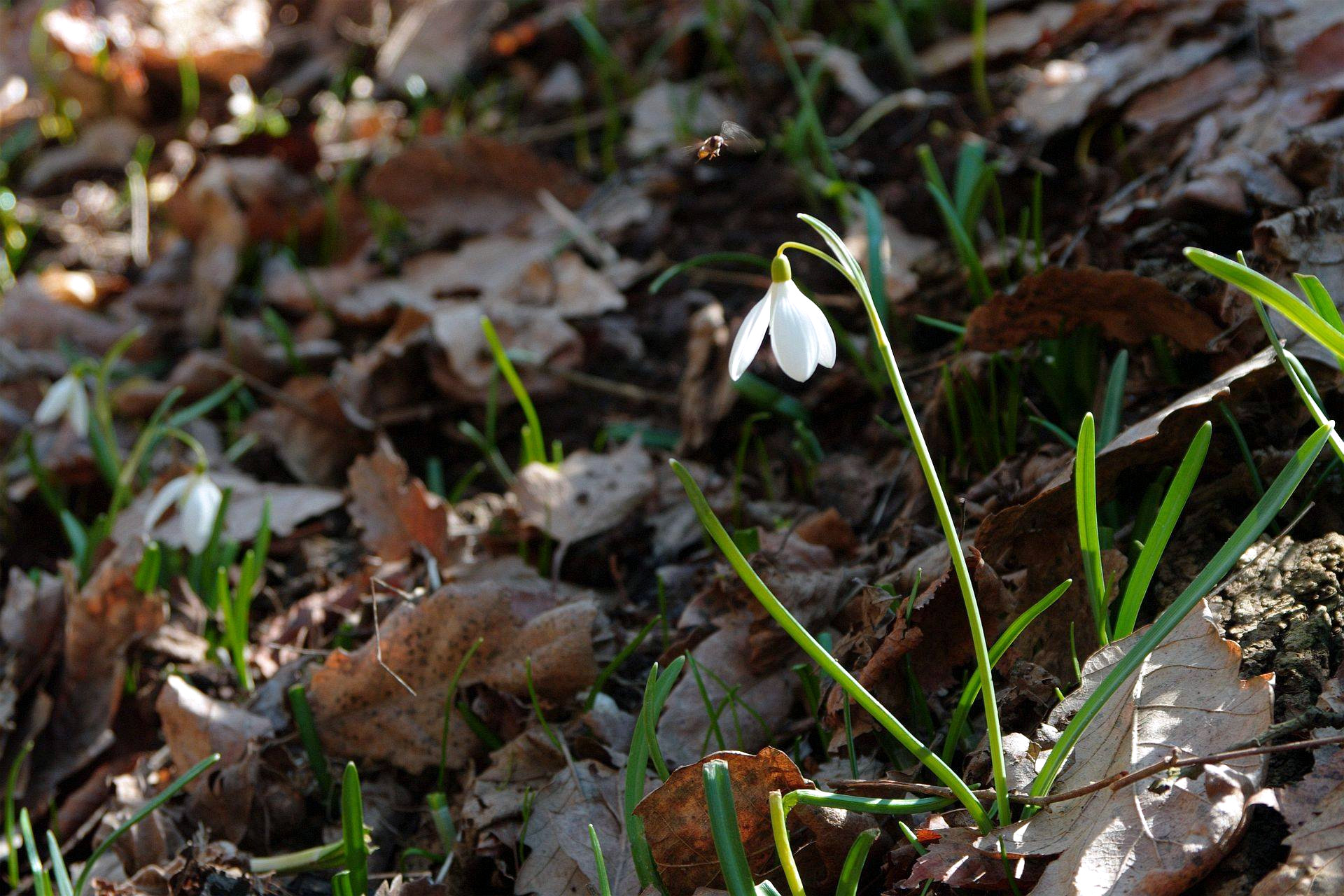
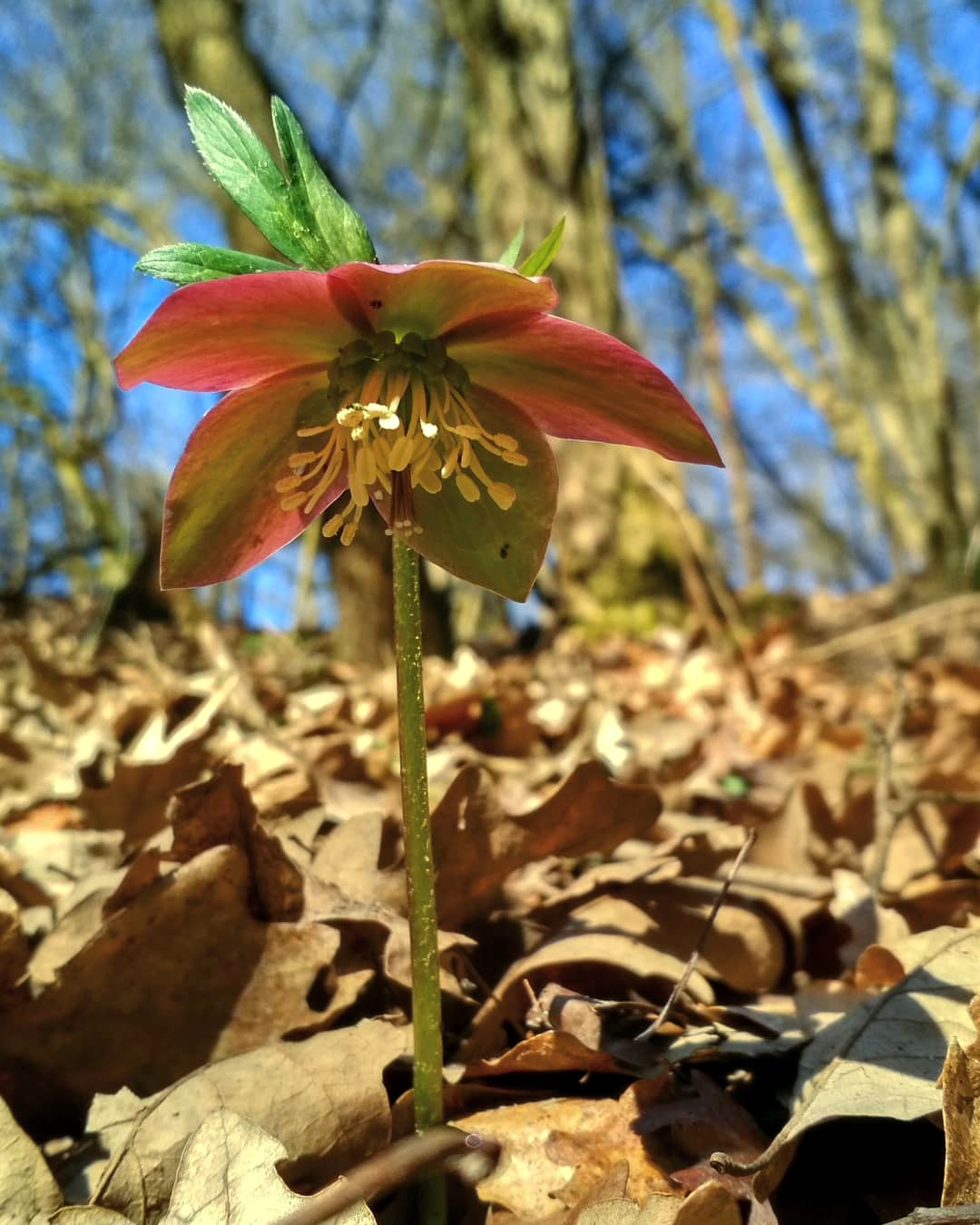
Several members of the buttercup family can be seen in humid forests. Yellow anemone and rue-anemone are common plants in hornbeam-oak forests and gallery forests. We can delight in their colourful flowers from March to May.
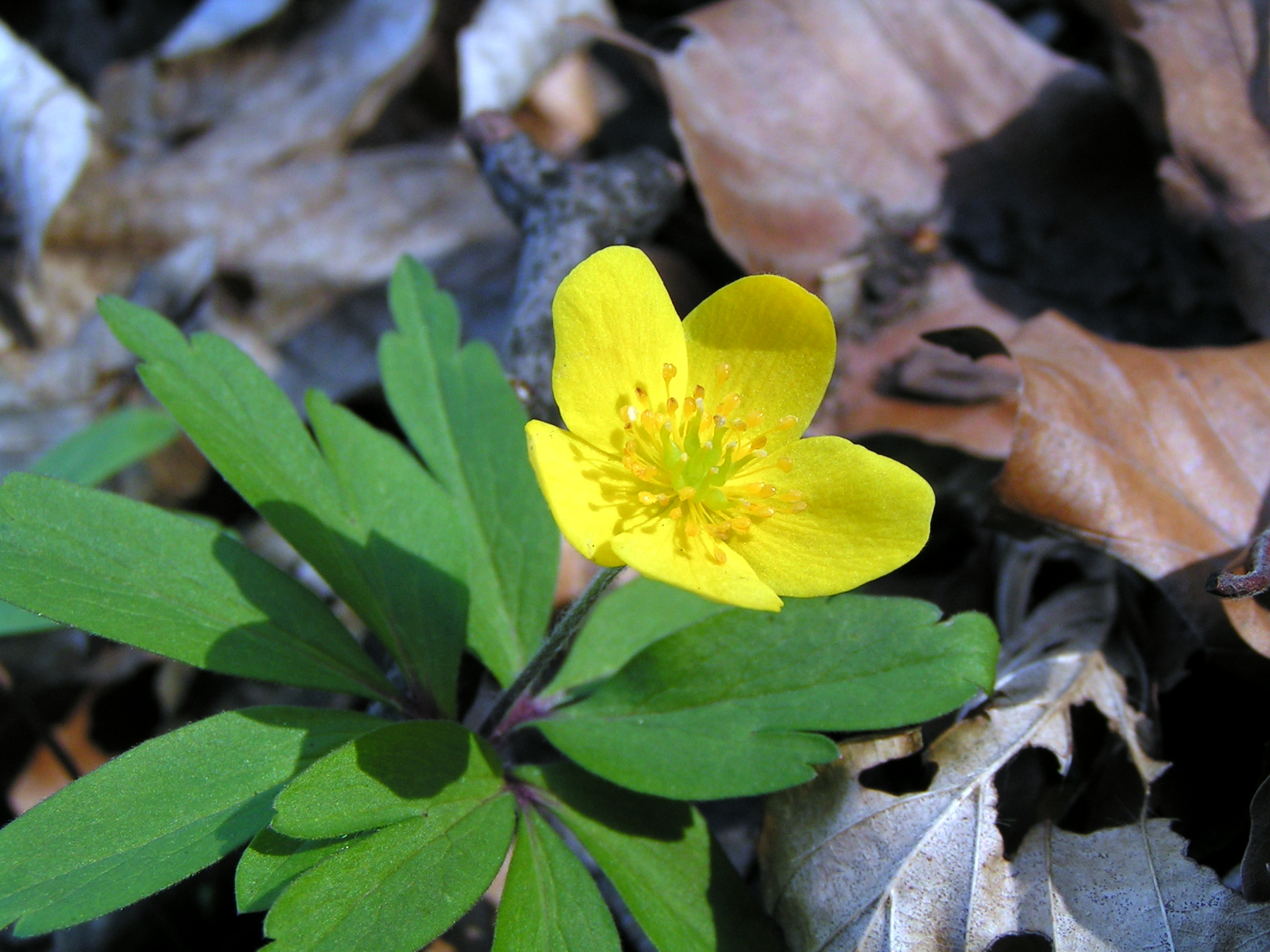
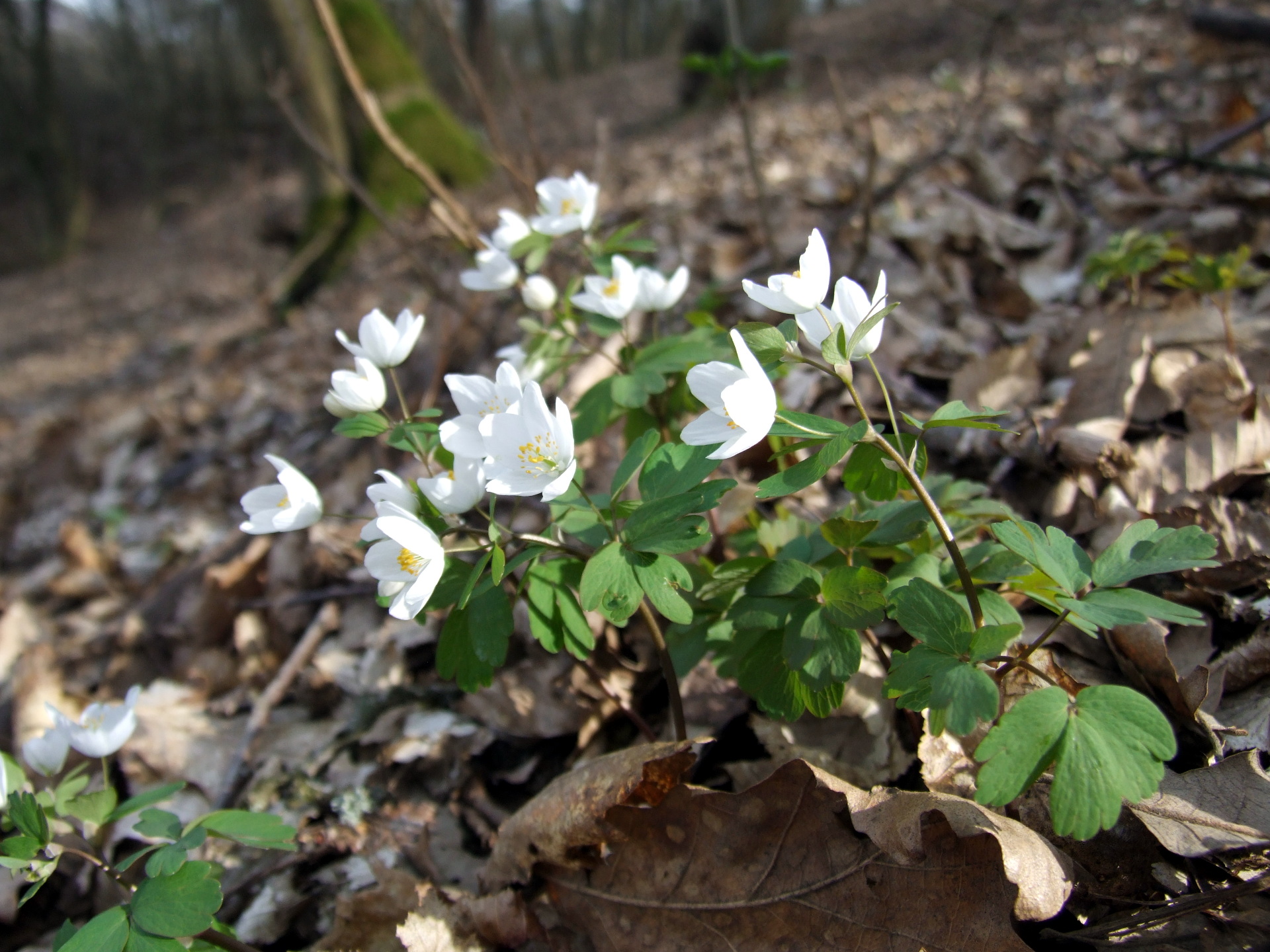
The bluish-purple flowers of spring vetch decorate humid, rocky and acidofrequent forests. The colour of the flowers carry important information for pollinators: blue flowers have already been fertilised, while the newly-bloomed are purple/rosy-coloured. The phenomenon is caused by the change of pH, since the anthocyanins of the flower are reddish in acidic conditions, and turn blue in alkaline environment.
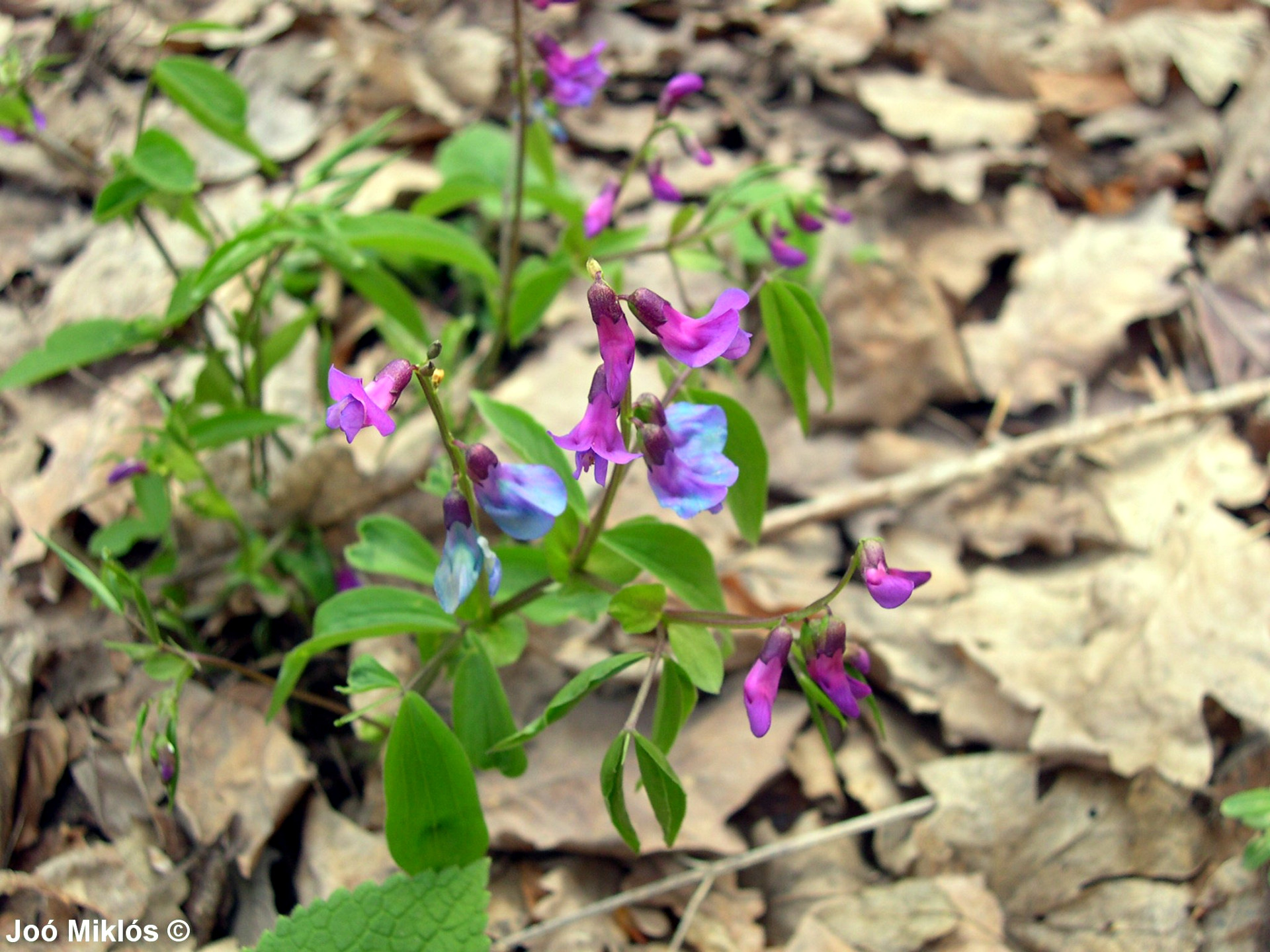
The yellow star-of-Bethlehem is a typical spring flower of humid deciduous forests. It can be found both in hornbeam-oak forests, beech forests and riverbank gallery forests. It is a small, bulb-forming plant. Meadow gagea is a close relative that contrary to its name occurs in oak forests, too.
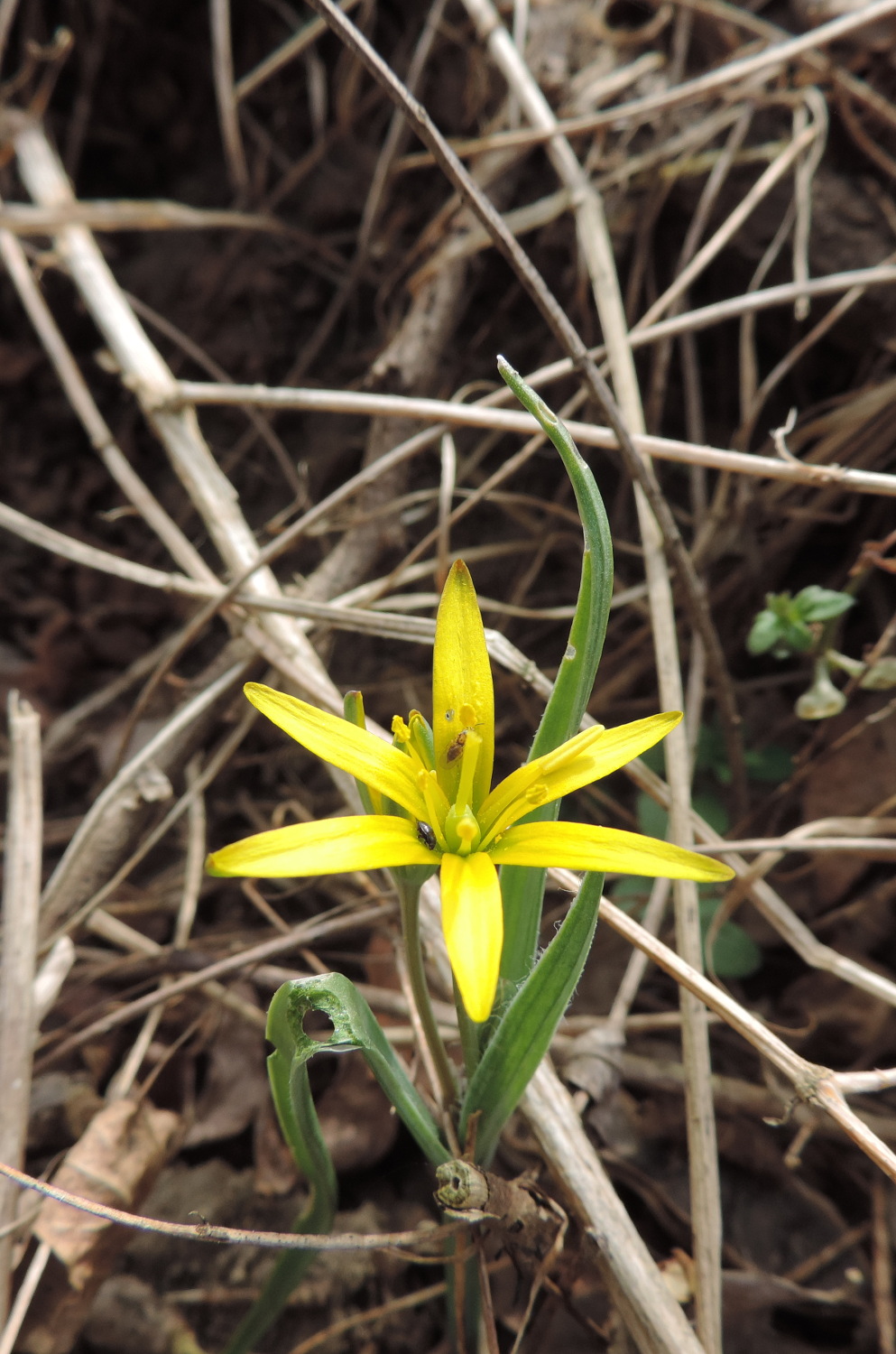
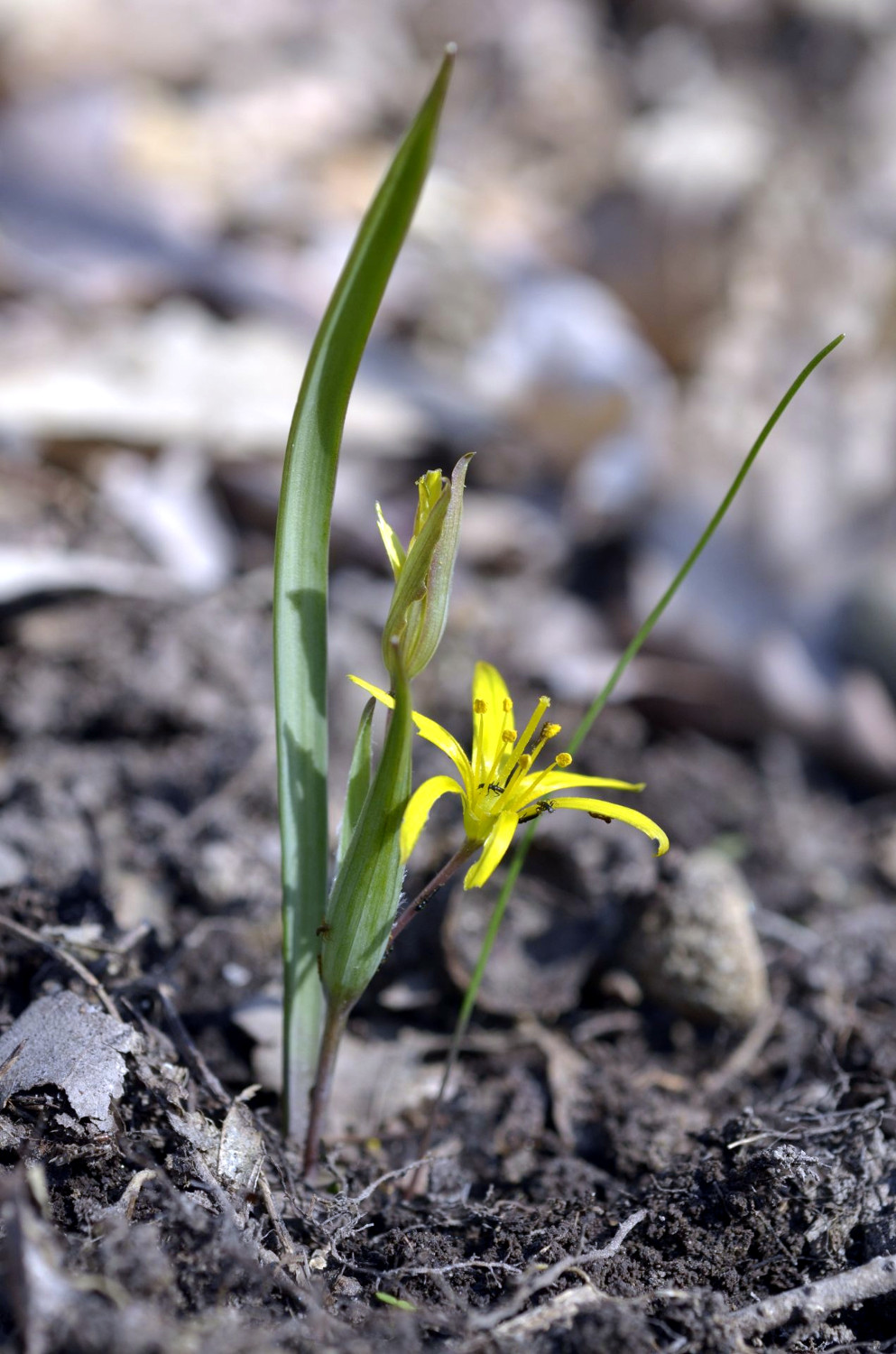
Lesser celandine is abundant on the floor of hornbeam-oak forests. It prefers semi-shade, humid environment. The first, young leaves are edible, excellent for salad, but become bitter and poisonous after the flowers have bloomed!
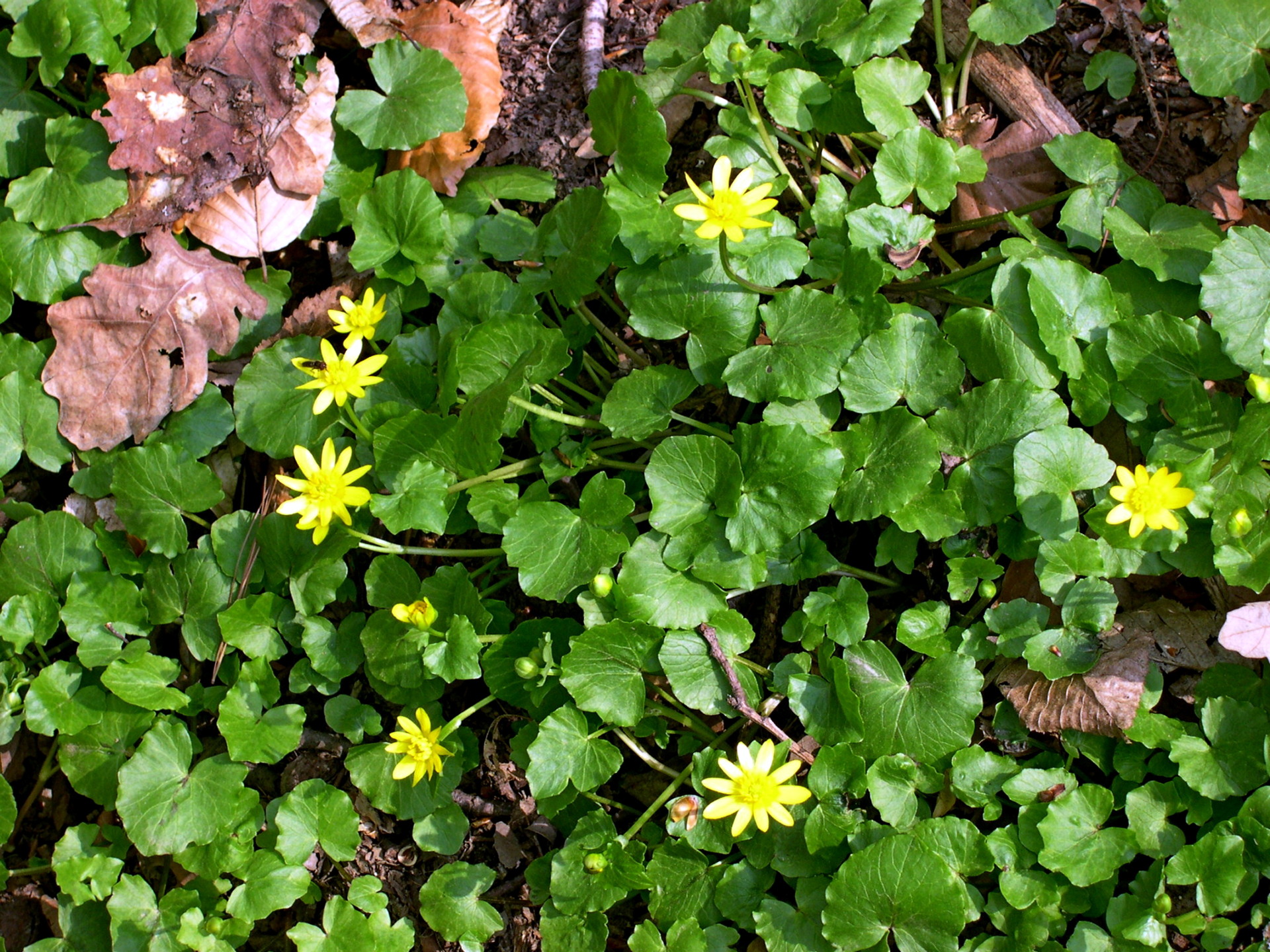
Colourful, fragrant and nectar-rich flowers provide an excellent source of nutrition for early-emerging bees and bumblebees, who literally buzz around the plants.
Did you know?
The liverwort or common hepatica is a rare and protected value of humid deciduous forests around Ipolytarnóc. This plant can be found only at a few locations east from the River Danube. Its purple-bluish flowers can be spotted yet in the second half of March, under favourable weather conditions. You can also see some along the geological study trail.
